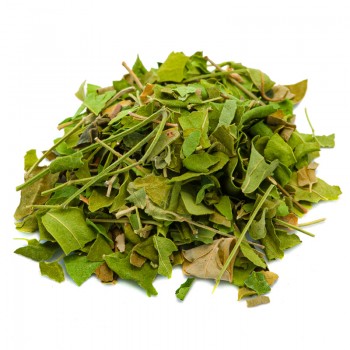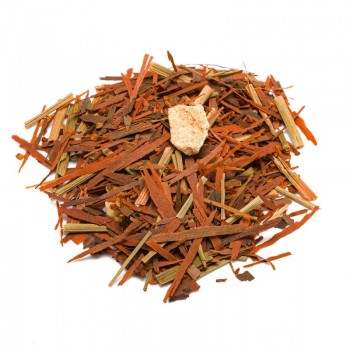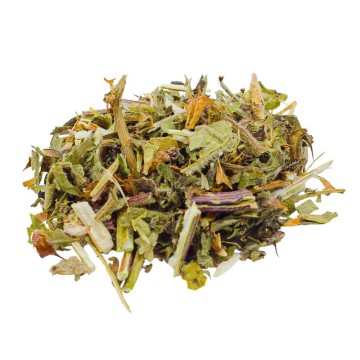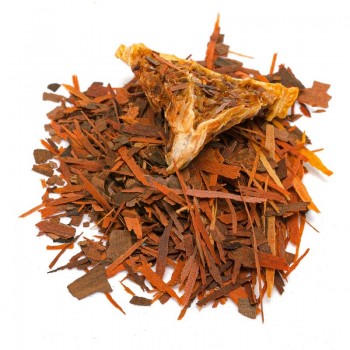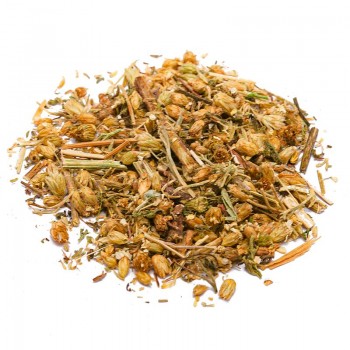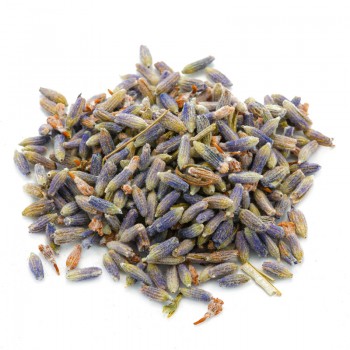The consumption of red clover flower infusion is ancient, and represents a natural remedy for taking substances beneficial to our body from different points of view. As a herbal tea it provides a delicate flavor with floral notes, combined with a particular vegetal and slightly earthy taste, which derives from the herb associated with the flower.
Red clover: properties and benefits
It is a herbal tea historically recommended to counteract menopausal disorders, when one is subject to hormonal fluctuations.
Thanks to the balancing qualities of some of its components, the isoflavones, red clover (flowers and plant parts) helps alleviate some typical symptoms of the premenopause and menopause period. Provides natural support against hot flashes, night sweats, headaches, mood swings, difficulty sleeping, intimate dryness and palpitations. The isoflavones contained in clover herbal tea are phytoestrogens that imitate the effect of estrogen in the body (they produce similar effects). Due to this virtue of theirs, they can mitigate these conditions. In this way, they facilitate the transition from the fertile period to that of menopause. During menstruation, however, the isoflavones in red clover promote well-being by relieving cramps and balancing hormones.
Other benefits of taking red clover concern its expectorant properties. Its action can reduce the accumulation of mucus in the oral and nasal cavity, helping against congestion of the upper respiratory tract.
Trifolium pratens (red clover) herbal tea is known in various traditional medicines as a natural remedy to treat cold. Regulates mucous secretions and helps dissolve phlegm, fluidizing and eliminating excess mucus from the respiratory system. It acts on airway irritation, slightly calming coughs.
Red clover is also known as a diuretic, capable of purifying the body by draining excess fluids, including toxins. All waste substances are expelled through urine, so the stimulus to diuresis helps the purifying function of red clover. Its diuretic virtues help the body get rid of salts, toxins, excess water, fats and metabolic waste. In this way, a draining and detox herbal tea relieves the workload of the liver and kidneys.
The properties of red clover include the well-being of the physiological functionality of the skin. Thanks to the minerals and antioxidants contained in the flowers and plant parts, the infusion correctly stimulates the growth of skin cells, promoting the beauty of skin and hair. Isoflavones can be useful for slowing down the signs of skin aging and reducing skin irritation, thanks to their strengthening and stimulating action in the production of collagen.
This function is linked to the effects of menopause, in which the texture of the skin transforms, becoming fragile, thin, often dry and itchy. It all depends on the low levels of estrogen, which can be compensated for by phytoestrogens through a specific diet and herbal teas such as red clover - which also provides minerals and vitamins. The remineralizing action is often exploited through topical application, to strengthen hair fibers and hair bulbs.
Origins and history of cultivation
Red clover is a herbaceous plant native to Europe, Asia and North Africa, which over time has also spread to other locations, particularly in North and South America. It was used in ancient times to improve the quality of the soil, given that it actually belongs to the legume family, suitable for crop rotation in agricultural land. The cultivation of red clover also gave rise to the collection of flowers and leaves of the plant, for infusions.
The entire flowering part has historically been appreciated for its medicinal value by indigenous populations and herbalists, also to create oils essential.
In folk medicine it was used to treat skin disorders, arthritis and osteoporosis (estrogen deficiency leads to lower bone density, while red clover isoflavones have properties similar to estrogen). The flowering plant was popular for female well-being as a treatment for menstrual, menopause and postmenopause symptoms.
Plant and flowers
Red clover (Trifolium pratense L.) is a plant of the Fabaceae botanical family. It is a perennial that typically grows wild in prairies and meadows. It is often grown for its ability to fix nitrogenthe ground, but also as an ornament in the garden. Trifolium pratense develops best on moist but well-drained soil, and reaches 30-50 cm in height. The name derives from the trifoliate leaves (composed of three elliptical elements) and the pinkish-red flowers, which bloom from May to September. The flowers should be collected when they are at their peak bloom, to be used in phytotherapy. The plant represents a great source of nectar, especially for bees.
Nutritional values of red clover
The plant is known for the presence of isoflavones (compounds similar to estrogen) as well as vitamins and minerals (calcium, potassium, phosphorus, copper and magnesium). The main isoflavones present in red clover are formononetin and biochanin, the precursors of daidzein and genistein. It also contains tannins, glycosides, organic acids, coumarins and saponins.
How to use red clover in herbal tea The infusion is obtained by placing approximately 3-5 grams of red clover in a cup (250 ml) herbal tea cut, with water at 100 °C. Leave to infuse for 5 to 8 minutes before drinking the purifying herbal tea. Add honey or sugar, if desired.
Red clover: side effects and contraindications
Red clover has estrogenic properties, so it should be avoided by pregnant or breastfeeding women. It is also not recommended for people taking hormone replacement therapy. Although very rare, potential side effects include prolonged menstruation, skin irritation, nausea and headache.

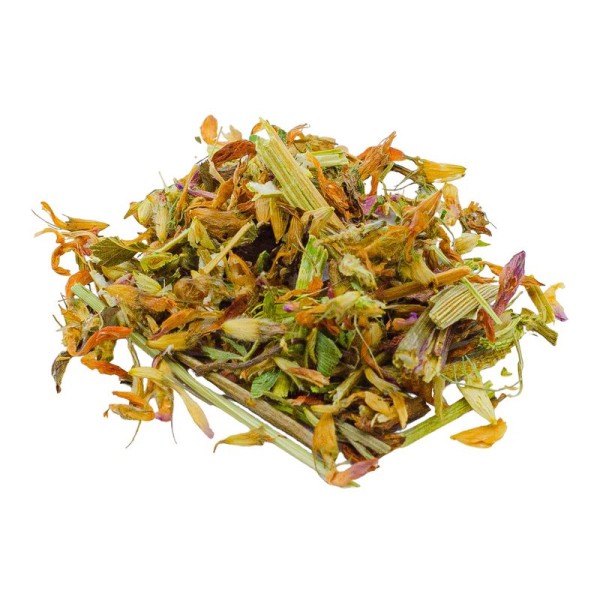









 No reward points for this product.
No reward points for this product.

